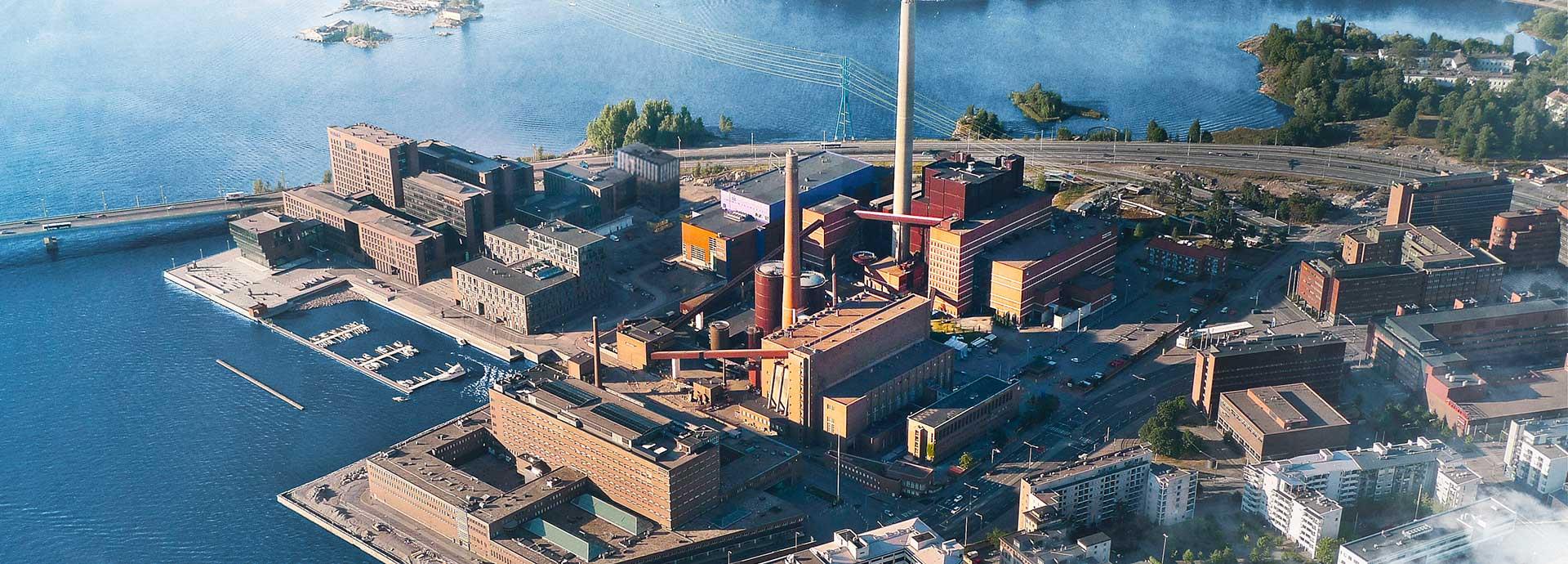

As the planet heats up and climate change fears intensify, could the answer to this problem be staring us in the face? Electricity could help solve many of the problems associated with burning fossil fuels, and with renewable electricity on the rise, it may just be the best solution.
The rise of renewable energy is testimony to this fact and holds the best possible solution to combatting climate change, while simultaneously meeting our ever-increasing demand for energy. With electricity supply becoming cheaper and cleaner, experts are now calling for it to power everything, from appliances to cars, ships and even industries.
We have the power
According to Professor Christian Breyer from LUT University in Lappeenranta, Finland, “It is the only relevant option. Sustainable and low-cost electricity is abundantly available from renewable energy sources. This electricity can be converted in high efficiency in all the final energy forms and energy services that we need.”
Matti Rautkivi, Director of Strategy and Business Development at Wärtsilä, agrees. Indeed, he goes one step further, saying “The technology is ready, but our biggest issue now is integration. We have already solved the electricity side of things, but how we integrate electricity has become the main point in question.”
However, the first obstacle is ensuring that the actual generation of electricity is green. Rautkivi continues: “If the electricity is not clean, it doesn’t make any sense to electrify everything. Our big picture, rather than concentrating on the concept of electrifying everything, is to make electricity the raw material from which other forms of power can be run. Therefore, it is not the end product, which is how it is treated in the industry at the moment.”
The need for increased renewables
Fossil fuels are still commonplace when it comes to creating power, which undermines efforts to go green. Breyer believes this is a fundamental point and says: “The main hindering factor for fast electrification of the entire energy system is the massive subsidies for fossil fuels, as calculated by the International Monetary Fund to be about USD 6000 billion per year. We are spending huge amounts of resources to destroy the basis of our existence.”
This a particularly salient point given that the rapid rise in renewables over the past thirty years has provided us with the technology to produce clean electric power on a massive scale. Traditionally, coal is burned first in order to boil water that then produces steam, which in turn drives a turbine to create electricity. The efficiency of this process is only around 35%, wasting more than half of the energy in coal going in, and the process produces a significant amount of CO2. However, the new way of thinking places renewable electricity firmly at the centre of electrification. By designing the entire electrical grid around renewable electricity production, energy can be harnessed to help balance the system. This can be done, for example, by creating excess electricity and using it as raw material for synthetic renewable fuels that could help make other sectors become carbon neutral.
No supply without demand
So, if we have the means to electrify everything, why are we not simply doing it given the constant warnings about climate change and the push to make the world a cleaner place? Put simply: without demand, there is no supply. Take the example of battery-powered electric cars, which already have the technology in place right now. Perceptions are still that they are expensive, cumbersome and not enough is made of the value after purchase. Incentives are therefore needed to encourage people to part with their money, as well as more education. Ideas such as free parking in city centres, the use of bus lanes and tax exemptions have all been mooted but are not yet in place.
Another area we could fully electrify today is heating. Wärtsilä has created a district heating system model for its hometown of Helsinki that could reduce carbon dioxide emissions by up to 90% using large heat pumps. Once again, the idea is in place but the existing system throws up too many reasons to stick with the status quo.
Building a path towards the future
Taking all this into consideration, electricity could prove to be one of the more effective solutions to combating climate change. It is clear that we have both the experts and technology to make this a reality. However, the main obstacle is an attitude driven by outdated beliefs, feels Rautkivi. Something that can only be fixed by reaching a consensus on what to do. Only then and once a clear picture appears, will investors and industries wish to move permanently into the renewable market.
Rather than thinking individually, Wärtsilä wants to think bigger and as a collective. Rautkivi concludes that: “On a country level, we have to work out what kind of society we want to build and that is why electrification has to happen. It is about the path we take to getting there and how we build that path.”